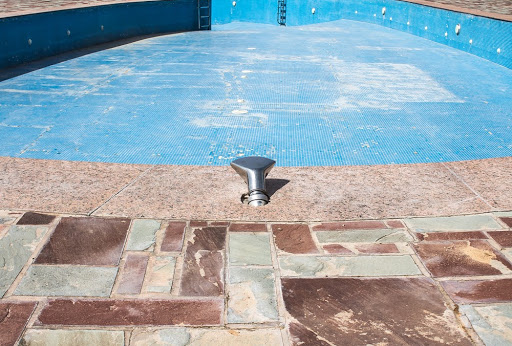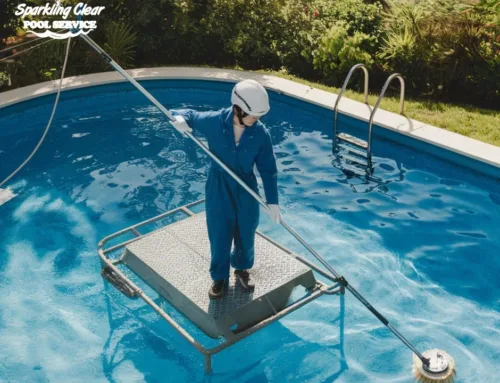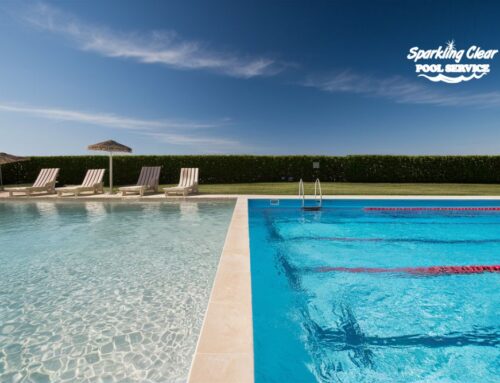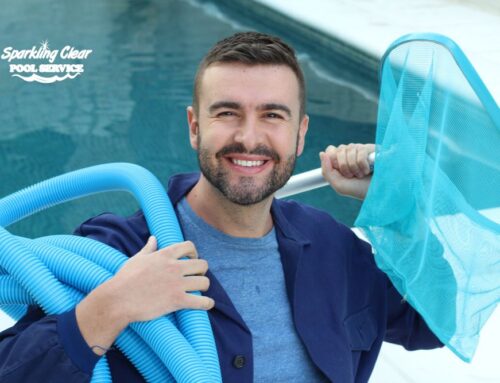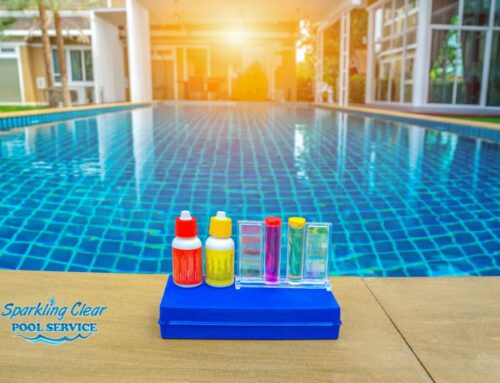Your backyard swimming pool is one of your most prized possessions at your McKinney, TX residence. Therefore, it’s important that you protect your asset by performing regular pool maintenance. Throughout the year, swimming pools lose water. If you suspect your pool is leaking, here’s how to proceed.
-
Spotting a Leak
Research shows that swimming pools lose a significant amount of water over a calendar year. Water naturally leaves due to evaporation and splashes. However, water can also leave the pool due to a leak. There are a few ways that you can tell that your pool is leaking. For instance, if you need to refill your swimming pool regularly, that is a bad sign. You should also be wary if your pool’s water level drops significantly every week. Check for cracks in the tiles or near the decks. Another red flag is the deck around the pool starting to shift. If you notice any of these red flags, look up swimming pool cleaning services near you. If the leak is due to the internal structure of the pool, you can resurface or re-plaster the pool. However, if the leak is caused by a plumbing issue, things may get more complicated.
-
Finding the Leak
If your pool is losing water even though the pump is off, that means there is a leak in the pipes that send water to the pool. When you turn on the pump, a vacuum is created that brings water into the pool. Hopefully, that will stop the leak. If you notice air bubbles in the pump basket or air filling up the tank, you may be dealing with a leak in the suction side pipes.
If the pool is leaking when the pump is on, that means you are likely dealing with a leak in the pressure side pipes. You will likely notice wetness around the area where the pipes are located. Check to see if there is water running from the waistline.
If your swimming pool is still leaking, look for cracks in the pool’s tile. There may be a tear in the liner. There may also be a leak around the plastic skimmer. Cuts can develop between the concrete and plastic skimmer. The leak may also be caused by a gap around the pool’s lights.
Common Pool Maintenance Tests
- Dye Test
You can perform a dye test to see if the leak is being caused by a crack in the concrete or a vinyl tear. Take a bottle of food coloring and squirt a small amount into the pool water. If there is a crack, you will notice the dye going towards it.
-
Bucket Test
Fill the bucket so that the water level is the same as the water level in your pool. If necessary, add weight to the bottom of the bucket to hold it in place. Put some tape inside the bucket. Put another piece of tape on the exterior of the bucket. Make sure that it aligns with the water level of the pool. Turn off the water pump. Assess the water levels during the next day. If the water levels have declined at the same rate, there is no leak. However, if the water level inside the pool is much lower than the bucket, there is definitely a leak.
- Pool Drain
You can simply test for a leak by letting your pool drain. However, this is not the most recommended strategy. If a leak exists on the wall of the pool, the pool will stop losing water once the level is below the leak. If the leak is at the bottom of the pool, the entire pool may be drained.
If you suspect that your swimming pool is leaking, don’t wait too long to look up a swimming pool cleaning service.
Performing regular pool maintenance can help you avoid pool leaks. However, there are some cases when the pool will suffer from natural erosion. The key is to act quickly. Contact our team here at Sparkling Clear Pool Services, and we will assist you.

